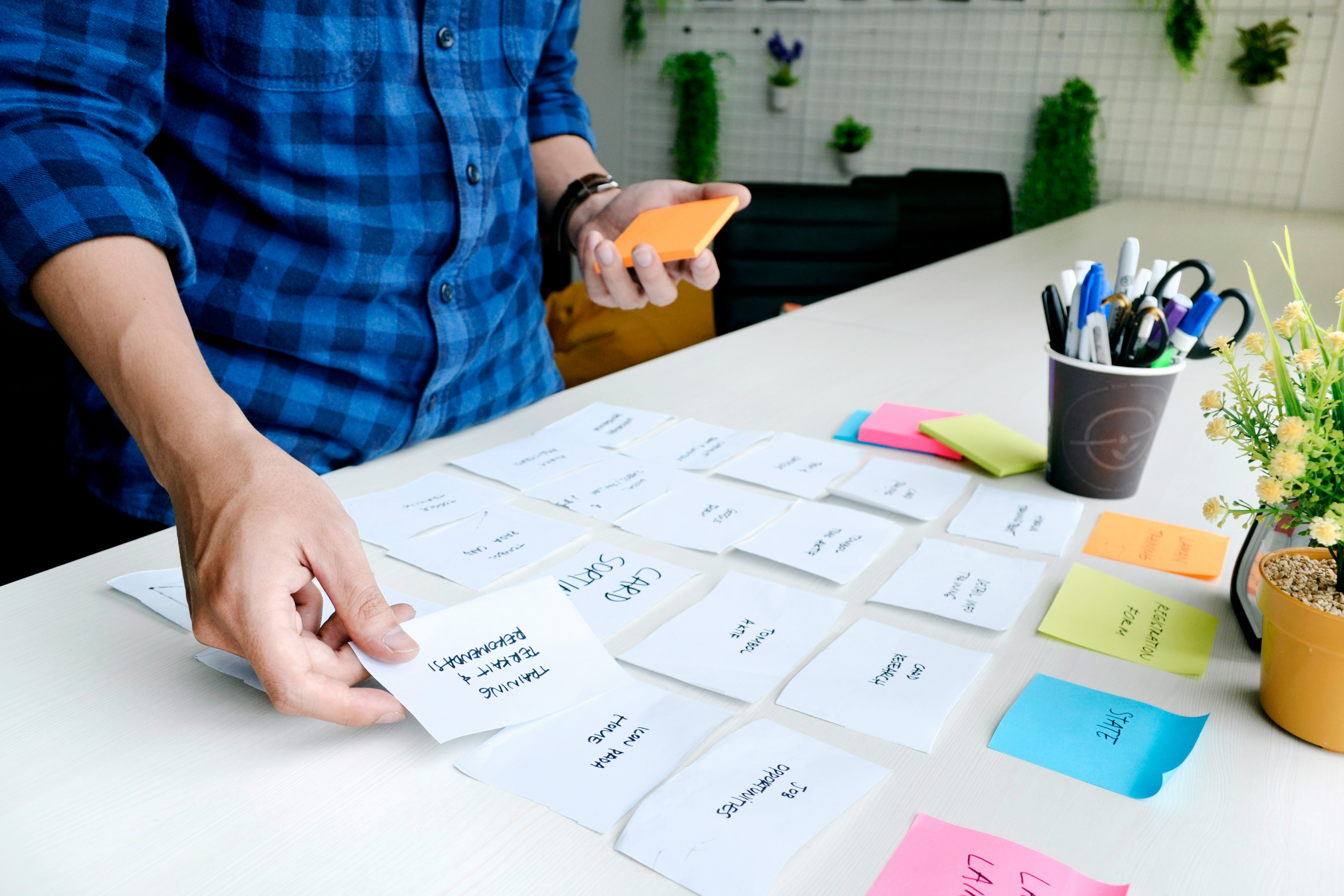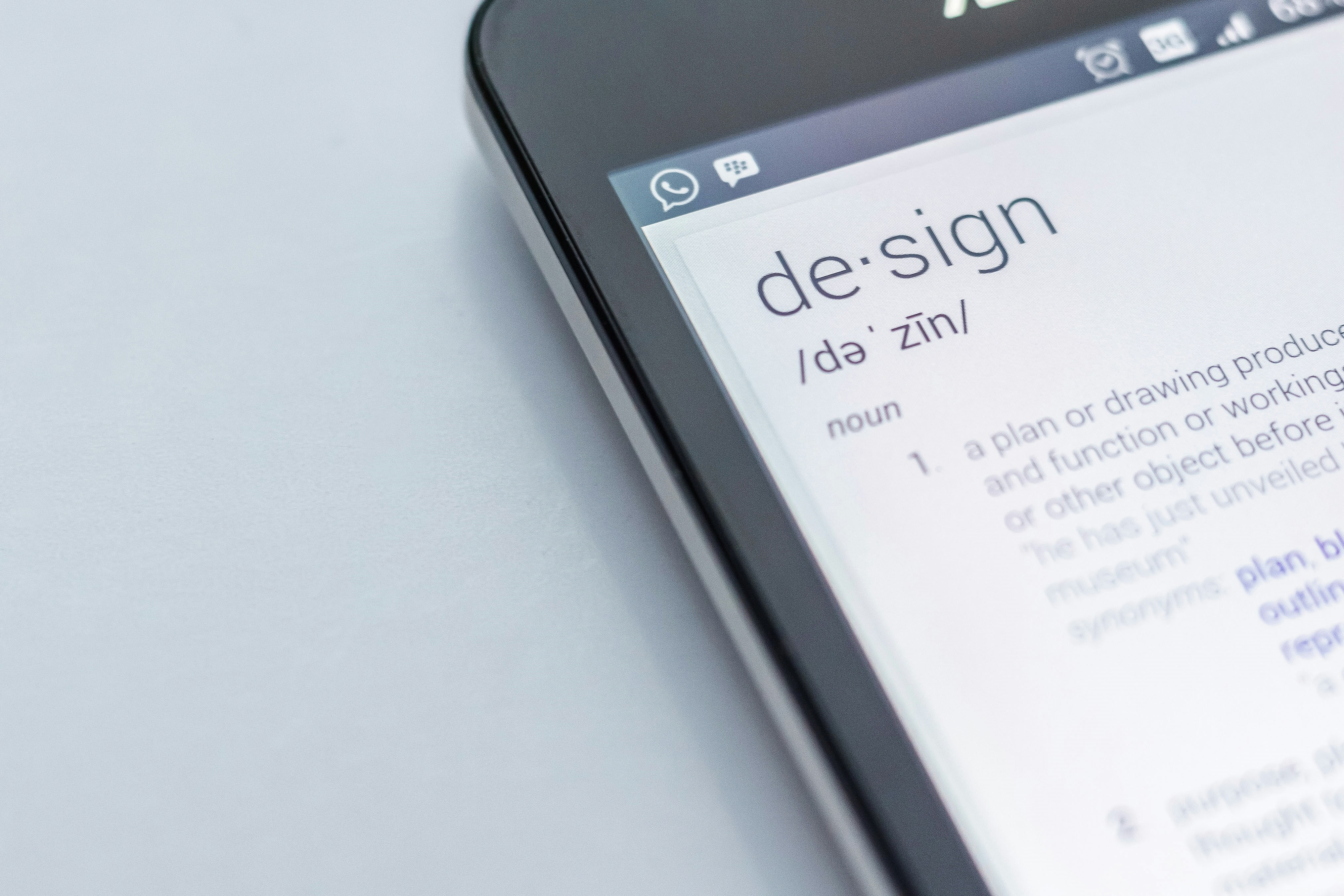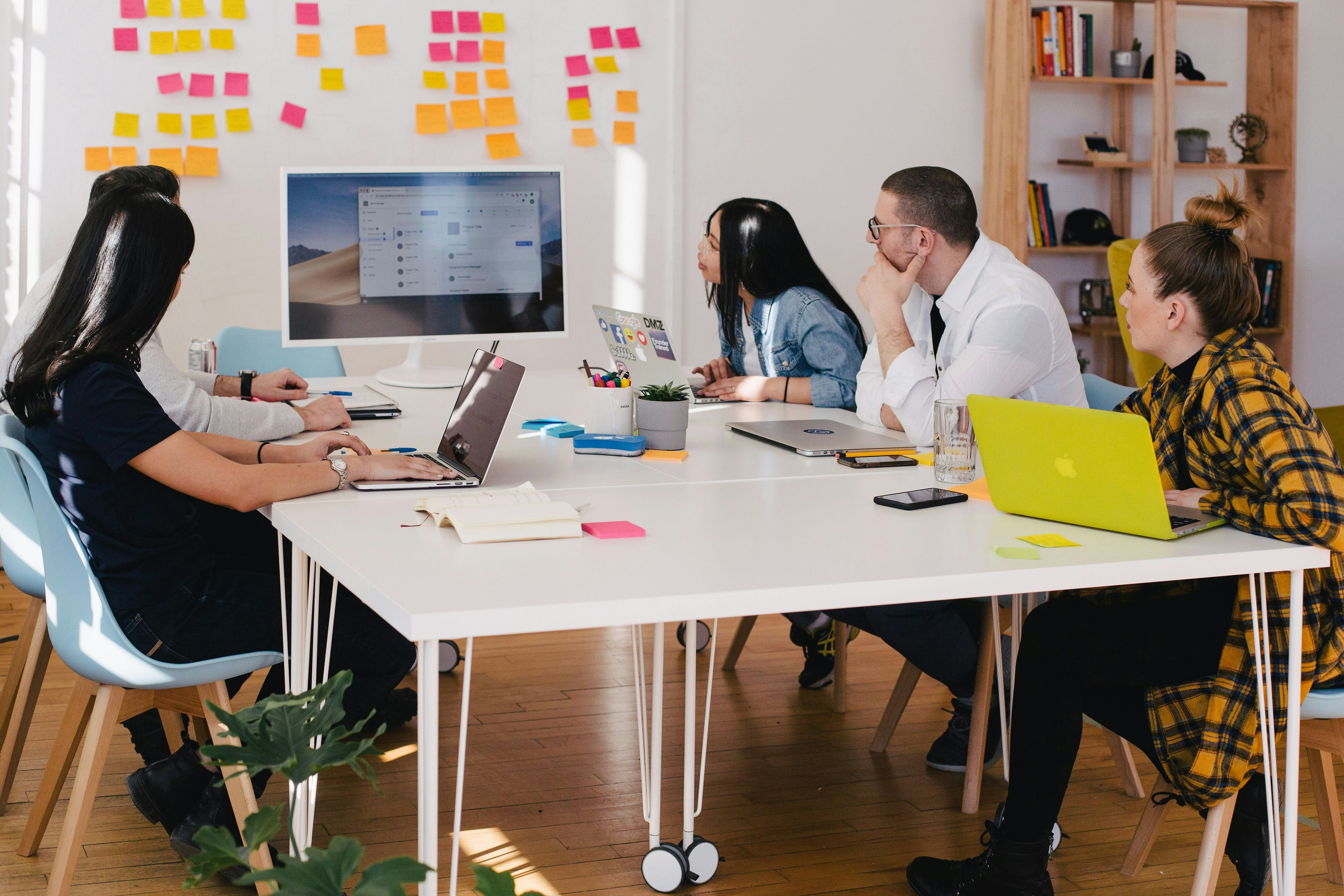实践中重构可持续视角
循环经济设计项目的八问记录与思考
Background 背景
This reflection addresses 8 core questions explored during a training focused on sustainable design and entrepreneurship. It draws from our practical group project, "Sort it out," a collaboration between Aalto University and Lassila & Tikanoja (L&T) — a leading Finnish company in environmental and circular economy services with 8000 employees. Our team focused on understanding potential user pain points related to household waste sorting, analyzing barriers to behavioral change, and designing a feasible service system for waste circulation and recycling.
这次记录是我对可持续设计与创业项目中提出问题的思考总结。内容基于我们参与的项目 “Sort it out” —— 该项目是阿尔托大学与芬兰领先的环境与循环经济服务公司 L&T(拥有8000名员工)合作的实践探索。我们的任务是识别用户在家居垃圾分类中的痛点,分析行为转变的障碍,并设计一个切实可行的回收服务系统。
What did I learn about sustainability?
我从可持续中学到了什么?
What I learned about sustainability through this project is not so much a matter of gaining entirely new insights, but rather deepening and reorganizing what I had previously encountered. It felt like fitting together pieces of a puzzle — segmenting prior knowledge and reactivating it in a meaningful, practice-oriented way. This helped me better understand how sustainability operates not just as a theoretical framework, but as something that requires translation into applicable forms.
Before, I hadn't often considered how sustainability ideas could be nudged into real-life implementation from the perspective of practical design. In our group project, I learned to address the distance between theory and application — making abstract concepts more tangible and actionable within the constraints and opportunities of real-world systems. I began to recognize that the feasibility of sustainability solutions often depends on how we understand people's motivations, perceptions, and behaviors.
Working on waste-related challenges allowed me to explore environmental sustainability in depth. I realized that promoting sustainability also involves clarifying the cost of not acting, both environmentally and socially. When users are aware of the long-term consequences of inaction, they are more likely to reconsider their habits. I also saw how recycling and proper waste sorting support the circular economy: by diverting waste from incineration, resources can re-enter the system, saving energy and creating broader ecological and economic value.
通过这个项目,我对可持续的一种理解是它并不是一定是从“获取新知识”开始的,而是在于对已有知识的重新梳理与激活。就像拼图一样,需要将零散的信息进行结构化整合,从而更加贴近实际地理解“可持续”应如何真正发挥作用。
在过去的学习中,我很少从实践操作的角度出发去思考可持续。这个项目让我意识到,理论与实践之间的距离是需要被具体策略填补的。我们必须学会将抽象的理念具象化,使其可被采用,并能在具体的系统中产生效果,而这一切的前提,是理解人们的动机与行为背后的复杂性。
我们聚焦的垃圾处置议题,使我得以更深入地探讨环境可持续。我意识到,推动人们采取环保行为的关键之一,是让他们意识到“不作为”也需要付出代价。当目标群体真正认识到长期影响时,行为改变才有可能发生。同时,回收与分类行为也不仅对环境有益,更支撑了循环经济系统,减少资源浪费,延长材料的生命周期,为社会和生态系统共同创造价值。
What did I learn about teamwork?
我从团队合作中学到了什么?
This project helped me appreciate how essential collaboration is when working within complex, interdisciplinary settings. At the start, our six-person group faced the usual challenges — how to balance everyone's voice, how to divide the work fairly, and how to respect differing backgrounds and expertise. Yet by leaning into these differences and taking time to align early on, we built a strong foundation that sustained us throughout the process.
One thing I learned was the value of open and respectful dialogue. Listening to everyone's perspectives in the early stages helped prevent later friction, and it made our planning more inclusive and effective. Another insight was the importance of self-positioning. Everyone had space to express preferences and opt out of tasks they weren't comfortable with, which allowed us to distribute responsibilities in a way that was both efficient and motivating. I, for example, took part in designing the questionnaire and conducting interviews, while others focused on contacting stakeholders or technical work.
As the project developed, team participation became more fluent. Despite our disciplinary differences, we gradually stepped forward in the same direction. The more we collaborated, the more we discovered how to work with each other rather than just next to each other. Through this process, I saw clearly that strong teamwork is not about eliminating differences, but about cultivating conditions where each member's strengths and contributions can flourish.
这个项目让我更加意识到,在复杂的跨学科环境中,协作是不可或缺的。起初,团队面临着常见挑战 —— 如何平衡每个人的发言权、合理分配任务,以及尊重彼此不同的背景与专长。但正是这些差异,通过前期沟通与对齐,最终成为了我们建立稳固团队基础的重要资源。
我学到开放与尊重的对话极为关键。在项目前期认真倾听每位成员的想法,使我们在规划上更具包容性,也减少了后期的分歧。同时,我们弹性分配任务,希望大家明确表达意愿,避免强行分工。这种方式既提升了效率,也增强了参与感。例如,我负责设计问卷和参与访谈,而其他成员则专注于联络利益相关者或处理技术问题。
随着项目推进,团队协作逐渐流畅。尽管我们来自不同学科背景,但我们逐渐朝着同一个目标迈进。良好的团队合作不是试图抹平差异,而是创造条件,让每位成员的优势都能得到发挥,并形成合力。

What did I learn about business management?
我从商业管理中学到了什么?
My reflections on business management in this project are centered around the intersection of sustainability and enterprise. What stood out to me was that, in today's context, business can no longer be detached from sustainability. Even in our project focused on waste recycling and behavior change, the underlying logic still involved value generation, resource optimization, and long-term stakeholder impact — all deeply rooted in business principles.
A key learning was understanding the real tension that businesses face: the trade-off between promoting sustainability and achieving financial performance. This dilemma was made evident in discussions and observations across different projects. Many companies are willing to engage with sustainability, but they often perceive it as coming at the expense of profit. I realized that this perceived conflict is one of the main bottlenecks preventing sustainability from becoming embedded in organizational culture.
I also noticed that the promotion of sustainability happens on both internal and external fronts. On one hand, businesses respond to societal pressure and expectations; on the other, internal values and leadership mindset matter greatly. However, there is often a lack of clear pathways or tools to support implementation. Raising awareness is only the first step — what is needed are specific, actionable strategies that help companies make sustainability an integrated part of their operations and identity.
我认识到,商业管理与可持续发展之间的联系正变得越来越紧密。在我们研究垃圾分类与行为转变的过程中,虽然主题聚焦在环境议题,但本质上仍涉及价值创造、资源优化与长期影响的管理逻辑,这些都属于商业管理的范畴。
很明显的是,许多企业在推进可持续与追求财务绩效之间存在对立。一方面,他们希望拥抱可持续,但另一方面又担心这会削弱盈利能力。这种“价值冲突”的感知,是可持续理念难以深入企业文化的重要障碍之一。
此外,我也看到,推动可持续的力量来源于外部社会趋势与内部价值观的双重驱动。但现实是很多企业缺乏明确的路径与操作工具。提升意识只是起点,真正的挑战在于如何制定具体且可执行的策略,使可持续真正融入企业的运作与定位之中。
What did I learn about systems thinking?
我从系统思维中学到了什么?
Systems thinking was embedded in nearly every stage of our work. From the beginning, we understood that the waste behavior we aimed to influence was not isolated — it was shaped by a web of factors including infrastructure, policies, information access, and social norms. Recognizing this complexity helped us move beyond surface-level solutions and start identifying root causes and leverage points within the broader system.
In our case, we explored the interactions between tenants, housing providers, environmental agencies, and waste operators. By mapping this ecosystem, we realized that effective interventions depend not only on individual behavior change but also on structural support. Our use of tools like user journey maps and stakeholder analysis allowed us to visually understand how different elements interact, and where targeted action could make the most difference.
Systems thinking also meant recognizing the temporal and spatial dynamics of a problem — how solutions may affect stakeholders at different times and in different contexts. It encouraged us to shift our mindset from solving problems to designing for systemic influence. This broader view made the complexity less intimidating and more navigable.
系统思维贯穿了我们项目的整个过程。我们很早就意识到,垃圾分类行为并不是一个孤立的现象,它受到多种因素的共同影响,包括基础设施、政策引导、信息渠道和社会规范等。对这种复杂性的认识,促使我们跳出表面改良,尝试找出根本原因与关键干预点。
在项目中,我们研究了租户、住房管理方、环保机构与废弃物运营商之间的关系。通过系统图与用户旅程的可视化工具,我们逐步理解了各种因素之间的相互作用,并识别出可以着力的节点。行为改变不仅取决于个体的选择,还需要结构性条件的支持。
系统思维也要求我们考虑问题的时间性与空间性:解决方案可能对不同人群、在不同时间与情境下产生不同影响。这种视角让我们从“解决问题”转向“设计系统性影响”,使复杂性不再令人生畏,而是可被识别与回应的有机系统。
What did I learn about design thinking?
我从设计思维中学到了什么?
This project gave me a clear understanding of how design thinking can function both as a process and as a mindset. Empathy was a central principle in our work — we created detailed user journey maps and personas to better understand the pain points student tenants face during waste sorting. By putting ourselves in the users' shoes, we were able to identify friction points and opportunity areas that might otherwise have been overlooked.
Another key takeaway was the importance of participation. Through interviews, workshops, and questionnaires, we actively engaged users in our design process. Their input not only validated our assumptions but also inspired new directions. I came to see that co-design is not just a method — it's a way to make the design more relevant and grounded in reality.
Design thinking also shaped how we worked as a team. Acting as facilitators within the group, we used design tools to align visions, visualize concepts, and keep the process iterative. I learned that the strength of design thinking lies in its ability to turn complexity into clarity through prototyping, testing, and continuous dialogue.
本次项目让我更加具体地理解了设计思维作为一种流程与思维方式的双重价值。我们以同理心设计为核心原则,构建了用户画像与租户旅程图,深入探索学生租户在垃圾分类过程中的真实困扰与潜在需求。这种“设身处地”的方式帮助我们发现了那些原本可能被忽视的问题与机会。
另一个重要体会是用户参与的力量。通过访谈、问卷与互动工作坊,我们鼓励用户积极参与到设计过程中。用户的反馈不仅验证了我们的假设,也为我们开辟了新的方向。我开始意识到,共创不仅是一种方法,更是一种确保设计贴近现实、富有意义的路径。
设计思维还影响了我们团队内部的工作方式。我们作为设计者兼协调者,利用设计工具推动团队对齐目标、可视化构想,并保持迭代的节奏。我认识到,设计思维的力量在于它能通过原型、测试与持续对话,将复杂的问题转化为可操作的解决路径。

What did I learn about multidisciplinarity?
我从多学科合作中学到了什么?
Multidisciplinarity in our project wasn't just about working alongside people from different fields — it was about integrating diverse ways of thinking to achieve a shared goal. I learned that effective collaboration in such a setting depends not only on each person's expertise but on the openness to learn from one another.
Our team had members skilled in business analysis, environmental science, and communication design. This diversity greatly enriched our problem-solving process. For instance, the survey development benefited from quantitative strengths, while mapping the waste journey drew on our environmental insights and visual storytelling abilities.
What I appreciated most was the synergy that emerged through genuine collaboration. Sometimes, ideas that seemed unrelated at first evolved into meaningful solutions once different disciplines interacted. It reminded me that multidisciplinarity isn't simply a resource — it's a creative engine that generates unexpected value.
项目中的多学科合作不仅仅意味着“不同背景的人一起工作”,更重要的是通过整合多样的思维方式,实现共同的目标。我学到,有效的跨学科协作依赖于专业能力,也依赖于彼此学习与理解的意愿。
我们的团队成员分别擅长商业分析、环境科学与传播设计。多样的背景让我们在问题识别与解决过程中收获颇多。例如,问卷设计环节得益于量化分析的专业知识,而在构建用户旅程图时,则融合了环境视角与可视化表达的能力。
最让我印象深刻的是,当各自的专长真正融合时,往往会产生超出预期的成果。一些看似无关的想法,在不同学科碰撞后转化为有深度的解决方案。多学科不只是一种资源,也是创造力的来源。
What did I learn about communicating?
我从沟通中学到了什么?
This project made it clear to me that communication is the backbone of any collaborative process — especially in interdisciplinary teams. Internal communication was essential for aligning different expectations, perspectives, and work styles. Our group of six had varied backgrounds and interests, so it took time to ensure that everyone felt heard and engaged. Early open discussions helped us build trust and make joint decisions with clarity.
Beyond our team, communication with other groups and external stakeholders also played a crucial role. Mid-term workshops and project presentations were structured opportunities for knowledge exchange. These sessions allowed us to give and receive constructive feedback, which directly informed the evolution of our ideas. I realized that even short conversations could be pivotal in reshaping a direction or sparking new thinking.
Our interaction with the client was another important layer. Regular updates and clear documentation through platforms like Slack helped keep expectations transparent. I found that being able to articulate complex processes in an accessible and concise way was key to client engagement. In this sense, communication was not only about clarity — it was about relationship building and trust.
沟通是任何协作过程中的核心支柱,尤其是在跨学科团队中。团队内部的沟通帮助我们在多元背景与不同兴趣之间达成一致。我们六人团队来自不同领域,需要通过早期开放的讨论,建立信任与清晰的分工,从而实现合理的协作。
当然,和其他小组及外部利益相关者的沟通也同样重要。中期的工作坊与阶段性汇报为我们提供了交流的平台,让彼此分享洞见、反馈建议。这些对话往往能激发新的灵感,或帮助我们及时修正方向。
与客户的沟通则是另一层关键。我们通过 Slack 等平台定期汇报进度,保持信息透明。我发现,将复杂流程清晰、简洁地表达出来,是提升客户参与度与理解度的关键。良好的沟通不仅是传达信息,更是建立信任与关系的过程。

Conclusion: What did I learn about bringing my academic learning into practice?
结论:我学到了如何将学术理论学习转化为实践吗?
The most important realization I had was that sustainability theory, while rich and inspiring, cannot be directly transferred into practice without adaptation. The real world is full of ambiguity, complexity, and competing priorities. What I learned is that bridging this gap requires strategic translation — adjusting the theoretical knowledge to fit context, feasibility, and user behavior. This doesn't mean theory becomes irrelevant, but that it must remain flexible and responsive.
Another insight is that sustainability should not be positioned in opposition to other core values like efficiency, profit, or convenience. In some cases, stakeholders still perceive it as a moral trade-off — something that adds cost or reduces functionality. I came to understand that one key role of sustainability professionals is to challenge this mindset and instead show how sustainable solutions can be aligned with multiple goals. Reframing sustainability as opportunity, rather than sacrifice, can open more doors in business and design.
Ultimately, I've learned that bringing academic learning into practice is not a linear transfer—it's a continuous translation. It requires awareness, adaptation, and negotiation. And most of all, it requires a shift in mindset: seeing sustainability not as a fixed solution, but as an evolving lens through which we understand and shape the world.
我最大的收获,是认识到可持续的理论虽充满启发,却无法直接照搬到现实中使用。实践环境中充满不确定性、复杂性与各种优先级的权衡。因此,我们需要学会将理论“转译”为现实中的策略,这种转译并非削弱理论价值,而是让其在不同语境下更具适应性与实效性。
我也意识到,不能依照传统思维,在一开始就把可持续与效率、利润或便捷性等其他核心价值对立起来。在一些并行的项目中,我们观察到客户还是会将其视为需要牺牲利益的权衡。这虽然普遍,但我也知道可持续从业者的重要角色之一,就是打破这种刻板印象,重新建构可持续的位置,它不是负担,而是创造多重价值的机会与前提。
最终,我明白将学术知识带入实践,并非一次性完成的“应用”,而是一种持续的“转化”过程。它需要我们具备觉察力、调整力与协调能力。更重要的是,它要求我们转换思维方式,不把可持续当作固定的答案,而是当作理解与塑造世界的动态视角。